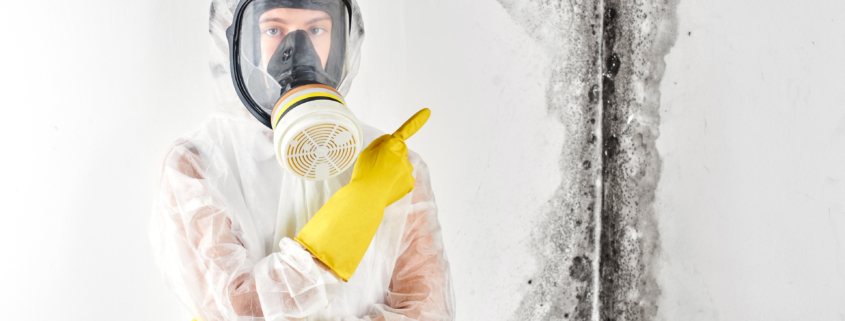Is Mold In Your House?
Is mold in your house a problem?
(This article is from the Medical News Today online journal. Medically reviewed by Vincent J. Tavella, MPH — Written by James McIntosh on August 20, 2019)
Whether it is a cold, damp winter or a warm, humid summer, activities at home can result in moisture indoors and the appearance of mold.
Mold can grow on walls, clothes, books, toys, and even CDs. It can turn prized possessions into musty relics that only look fit for the garbage.
But is it also a health hazard? What effects can mold have on a person’s body?
This article looks at what mold is, why it grows, its impact on a person’s health, and how to stop it.
What is mold?
Molds are a form of fungus. There are many different types, and they can occur both indoors and outdoors.
Molds produce spores, which spread by floating around in the air. Mold spores are present in all indoor environments. There is no way to prevent spores, and they can persist in conditions where mold itself cannot grow.
Mold spores thrive in environments that are moist and warm, so when they land on a damp spot, they begin to grow.
Molds can grow on a variety of different surfaces, including fabric, paper, wood, glass, and plastic. As they grow, they may digest the material they are growing on.
Types of mold
Nobody knows how many kinds of mold there are, but experts estimate that there may be 300,000 or more different types. Some are more likely than others to appear in the home.
Common indoor molds include:
Alternaria: This occurs in damp places indoors, such as showers or under leaky sinks.
Aspergillus: This often grows indoors, on dust, powdery food items, and building materials, such as drywall.
Cladosporium: This can grow in either cool or warm areas. It tends to appear on fabrics and wood surfaces.
Penicillium: This tends to grow on materials with water damage. It often has a blue or green appearance.
Molds take a variety of forms and textures. They can be white, black, yellow, blue, or green and often look like discoloration or stain to a surface.
They can also have a velvety, fuzzy, or rough appearance, depending on the type of mold and where it is growing.
How does mold get into a house?
Mold spores are everywhere, both indoors and outdoors, but they are not visible to the naked eye.
Spores can enter the home:
Through the air: They can enter through open windows, doorways, and ventilation systems.
By attaching to objects or people: Vehicles include clothing, shoes, and pets.
Mold will only flourish if spores land somewhere that has the ideal conditions for growing, such as moisture and a supply of suitable nutrients. If the environment is unsuitable for the spores, they do not usually develop or cause a problem.
Places where mold often appears include:
- areas where leakages and flooding have occurred
- windows where condensation builds up
- places where the air does not circulate, for example, behind a closet
Wet cellulose materials are most supportive of mold growth.
Examples include:
- paper products, including wallpaper
- cardboard
- ceiling tiles
- wood products
- insulation materials
- upholstery and other fabrics
Mold growth is usually visible and often produces a musty odor. It can damage household items, and it can also have an impact on health.
Protection and prevention
Controlling moisture is the key to preventing mold from growing indoors. It is also important to keep the home clean and well ventilated.
Causes of humidity in the home include:
- the breath of people and pets
- use of water for washing and cooking
- moisture in the air, for example, on rainy or humid days
- water leaks
- living in a building with tightly-sealed windows and doors
The Environmental Protection Agency (EPA) advise people to aim for a humidity level of below 60%.
If you’re concerned about potential mold in your home, call Rogue Inspection Services today and we can perform a mold test.
Our non-invasive evaluation of the property looks for potential mold growth as well as conditions conducive to mold growth. Air samples and direct mold samples can be taken to identify and determine presence or absence of mold. We are International Association of Indoor Air Consultants Certified (IAC2).
(This article is from the Medical News Today online journal article. Medically reviewed by Vincent J. Tavella, MPH — Written by James McIntosh on August 20, 2019)




Leave a Reply
Want to join the discussion?Feel free to contribute!